Pain Management In Patients With Chronic Kidney Disease
Pain management in patients with chronic kidney disease. The lack of quality assurance and FDA regulation makes getting a quality product difficult. Table Table3 3 lists common opioids used in the management of pain their relative potencies compared to oral morphine and suggested dose adjustment in patients with CKD. The evaluation and management of pain in the general adult population and among patients with mild to moderate CKD ie eGFR 30 mLmin173 m 2 is reviewed elsewhere.
NSAIDs are evil acetaminophen hardly works opioids are dangerous and all the rest tramadol gabapentinoids antidepressants are messy. Pain is poorly managed in patients with kidney disease. Pham 2 Phuong-Anh T.
Pain management in patients with chronic kidney disease. 12 linhas The 3-steps refers to the three levels of pain where mild pain is estimated as having an. Pain management represents one of the challenges in providing perioperative care for this group of patients.
Indeed chronic non-malignant tations and general management guidelines for pain with pain has been reported to affect 1124 of the general special considerations for pre-ESRD patients to. Pain has been reported to be a common problem in the general population and end-stage renal disease ESRD patients. The Department of Health and Human Services identifies the primary care provider as the hub of pain assessment and treatment in the US yet a lack of consensus exists among guidelines for providers treating pain in CKD patients.
Pain is one of the most commonly identified symptoms in patients receiving kidney replacement therapy 1 yet prescribing practices for the management of pain in this patient population are not uniform and criteria for determining who is best suited to manage pain in dialysis patients remains a subject of debate. Opioid use should be minimized with careful monitoring and dose adjustment. When administering analgesics to patients with CKD we should be careful about the status of renal function and the renal excretion rates of parent drug andor its metabolites to prevent drug accumulation and increased risk of toxicity.
Chronic kidney disease CKD is a comorbid condition that affects based on recent estimates between 47 and 54 of patients with gouty arthritis. The use of pain meds in CKD chronic kidney disease often goes something like this. Optimizing pain management in a complex condition.
Among Medicare patients with CKD use of prescription analgesics both opioid and NSAID increased from 2006 to 2015. Pain management in patients with chronic kidney disease Phuong-Chi T.
Pain has been reported to be a common problem in the general population and end-stage renal disease ESRD patients.
This topic reviews the epidemiology assessment of pain and management of chronic pain among patients with advanced CKD. The Department of Health and Human Services identifies the primary care provider as the hub of pain assessment and treatment in the US yet a lack of consensus exists among guidelines for providers treating pain in CKD patients. Pain management in patients with chronic kidney disease. While the algorithm for the. The lack of quality assurance and FDA regulation makes getting a quality product difficult. Pain has been reported to be a common problem in the general population and end-stage renal disease ESRD patients. Furthermore certain analgesics can increase the risk of acute kidney injury and they should be avoided in CKD patients. NSAIDs are evil acetaminophen hardly works opioids are dangerous and all the rest tramadol gabapentinoids antidepressants are messy. At any step in the ladder of pain management adjuvant analgesics may be added based on the underlying aetiology of pain andor its associated symptoms.
NSAIDs are evil acetaminophen hardly works opioids are dangerous and all the rest tramadol gabapentinoids antidepressants are messy. At any step in the ladder of pain management adjuvant analgesics may be added based on the underlying aetiology of pain andor its associated symptoms. Gained some popularity in pain management. Table Table3 3 lists common opioids used in the management of pain their relative potencies compared to oral morphine and suggested dose adjustment in patients with CKD. However data from randomized controlled trials in patients with gouty arthritis and CKD are limited and current gouty arthritis. Pain has been reported to be a common problem in the general population and end-stage renal disease ESRD patients. 6 Given the ubiquity of chronic pain in patients with CKD there is a definitive need for primary care providers to familiarize themselves with the most recent literature in order to make sound judgments pertaining to pain management for their patients.



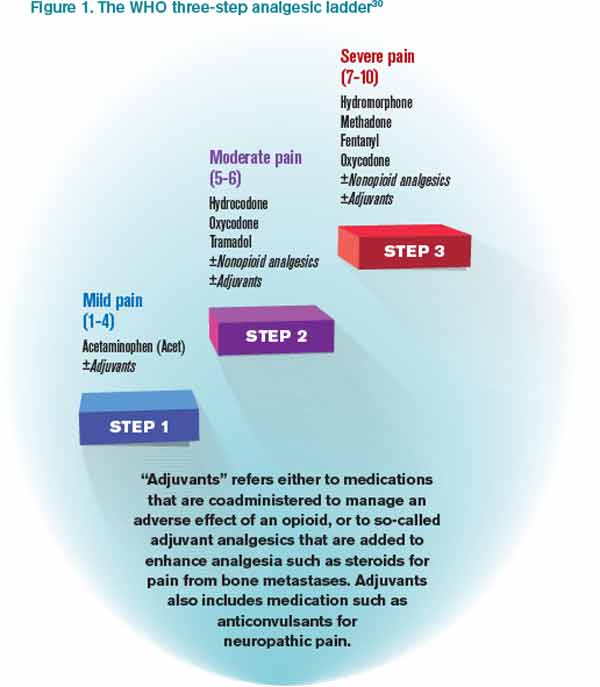












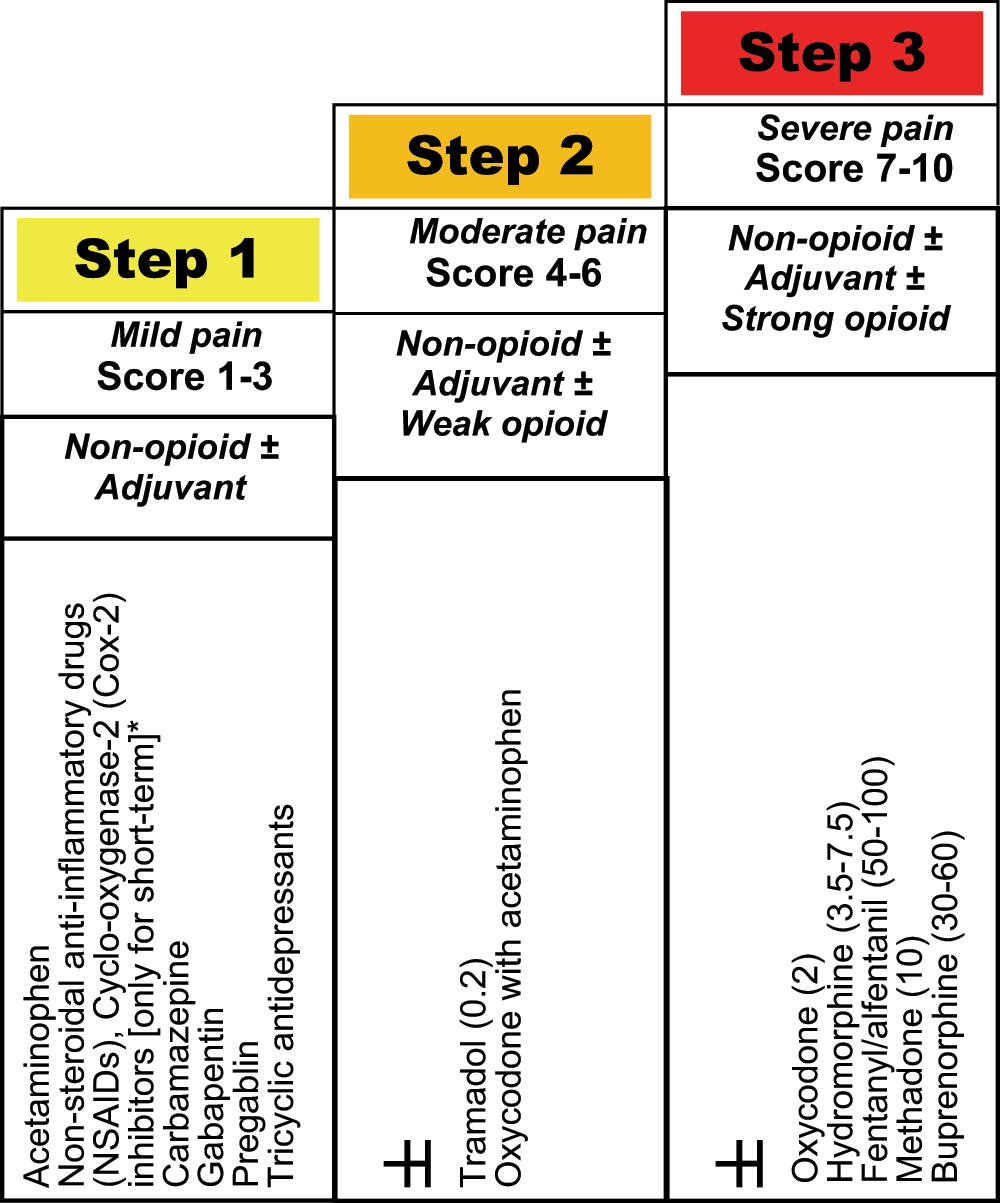









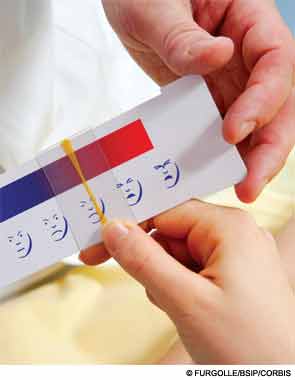
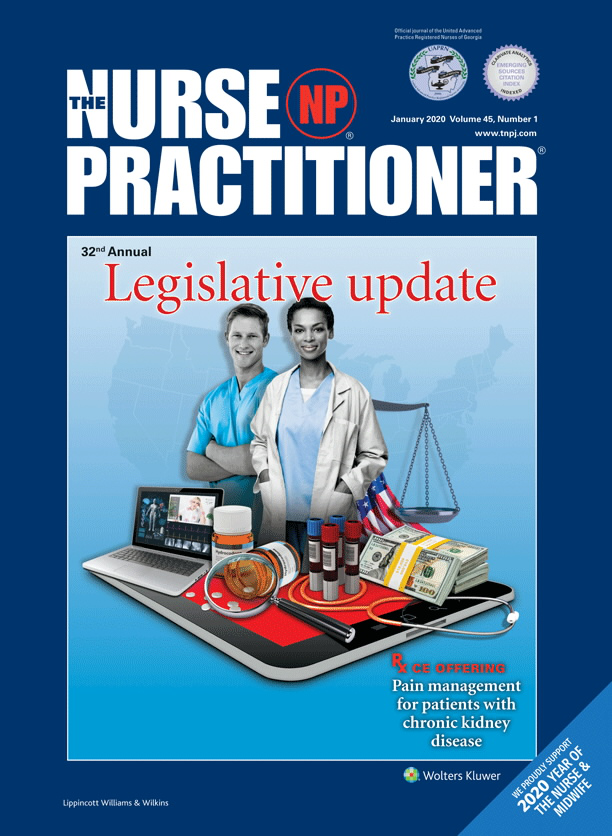







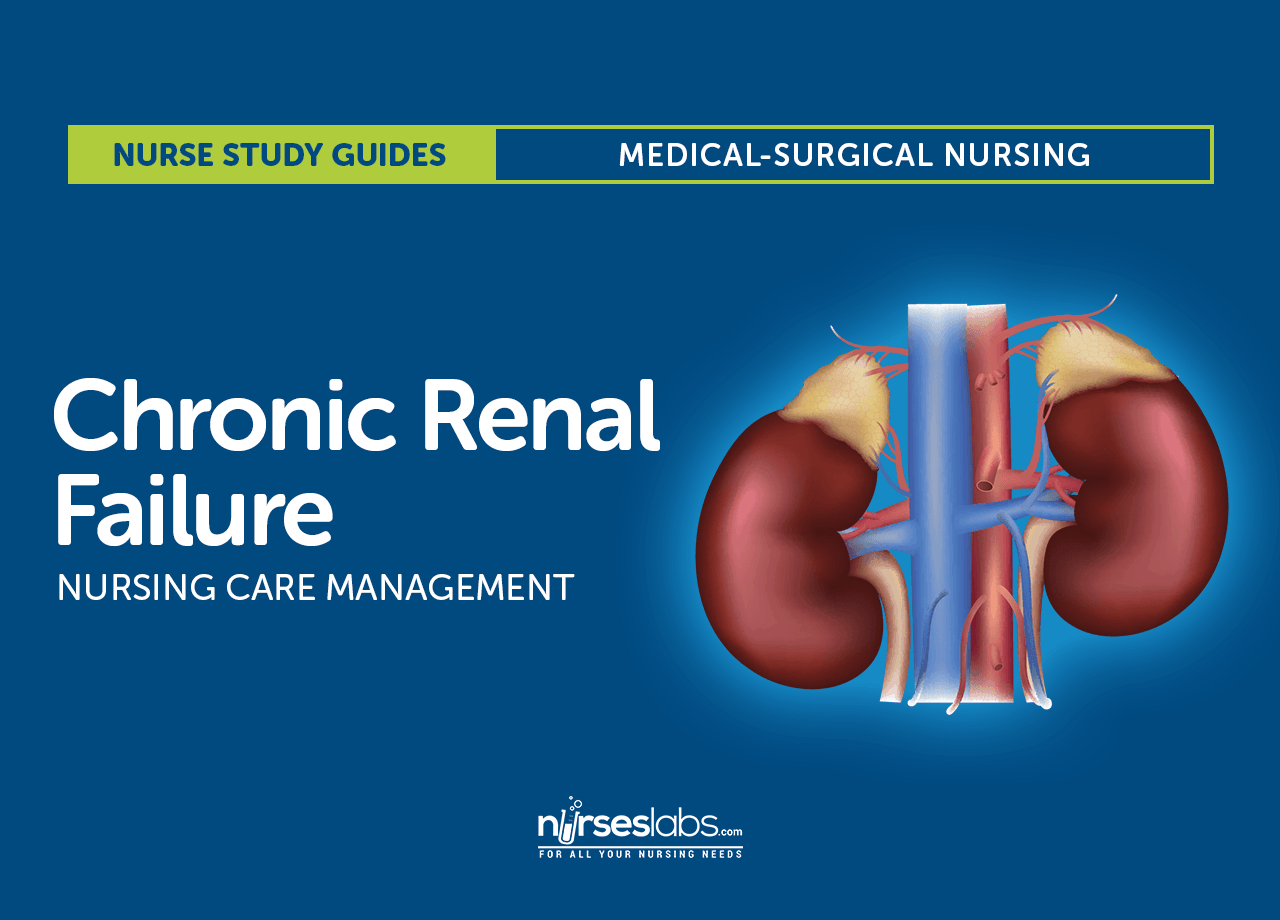


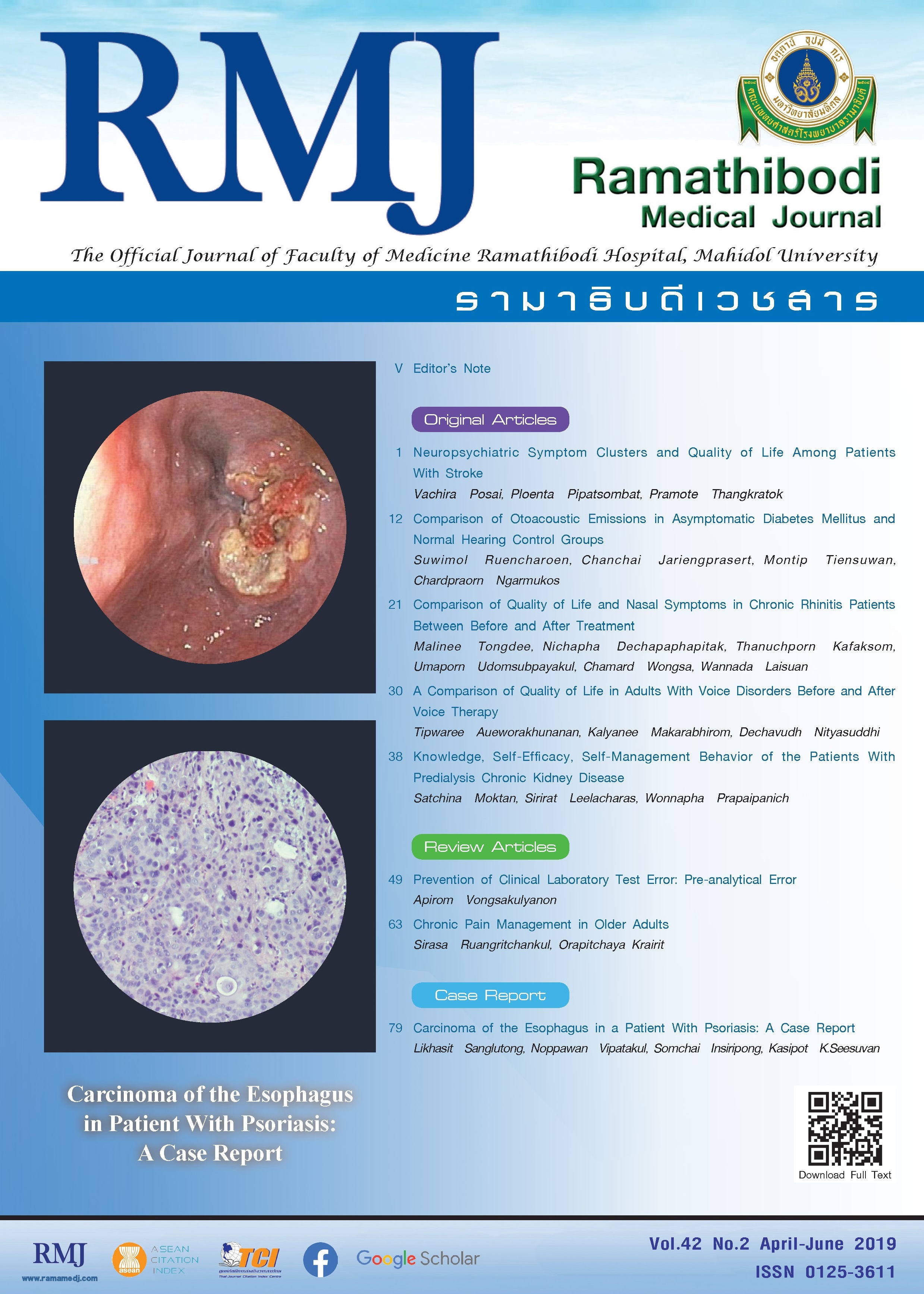





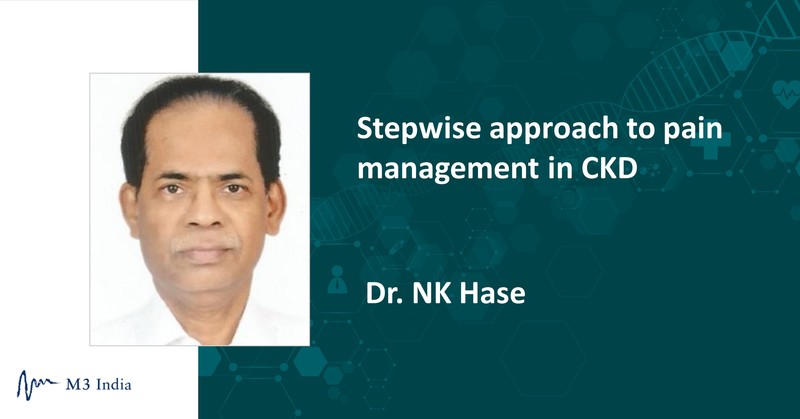
Post a Comment for "Pain Management In Patients With Chronic Kidney Disease"